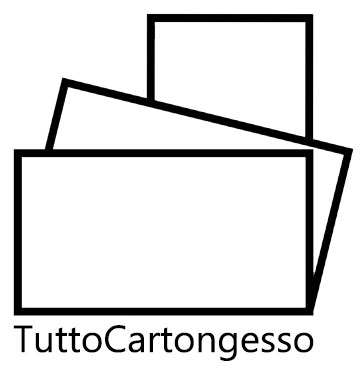RADIANT FLOOR SYSTEM
Composed of a coil placed under the floor, where hot water at 35 ° C flows inside a closed circuit.
The heat generated by the water is transmitted upwards, radiating all the environment in a uniform manner. The pipes can be spiraled or zigzag-lined. The designer can plan to thicken the pipes where a greater thermal emission is needed, that is near the external walls.
Laying of the panels
There are different types of laying radiant floors:
1. Installations with pipes embedded in the support layer.
2. Plants with pipes under the support layer.
3. Plants drowned in a leveling layer.
The most common installation is the one indicated in point 1) which involves the insertion of an insulating material (the most used is expanded polystyrene, alternatively mock or cork) above the load-bearing slab of the floor. Subsequently the pipes are laid which are then embedded in the support layer (screed) for most of the concrete vaults.
Finally the screed is covered with the final covering (parquet, tiles, ...).
NB: the types of laying in points 2) and 3) are less used because they are less simple and less fast. Compared to point 1) the position of the pipes varies.
ADVANTAGES AND DISADVANTAGES.
Advantages
Compared to traditional radiators, the radiant floor has the following advantages:
• Lower operating costs 24h on 24h compared to traditional heating elements. This is because being a low temperature system, with pipes or electrical conductors that work at about 30-40 ° C (in common radiators: 60-75 ° C), it allows a decrease in energy costs of about 25% compared to a traditional heating ;
• Zero maintenance costs as the pipes embedded in the floor do not require periodic maintenance (for this reason the materials used must be of top quality and laid only by specialized personnel as any leaks in the floor would lead to very high repair costs);
• More uniform heat distribution compared to systems with localized heat sources;
• Smaller vertical temperature changes thanks to constant heat delivery;
• Freedom of space thanks to the lack of elements that occupy the walls like radiators;
• No air movement as with radiators, therefore, dust and bacteria are not displaced by hot and cold air movements with a benefit to the health of the person.
NB: in addition to exploiting the usual concept of water heating systems, electric heating systems do not require a boiler or flue or pipes. On the other hand, it has very high costs, so it is only interesting where electricity is abundant and cheap (for example in France).
Disadvantages
Similarly, the radiant panel system has disadvantages to keep in mind:
• Higher manufacturing costs because first quality material is used and labor must be highly specialized in order to avoid subsequent interventions and the need to break the flooring;
• High design costs because it must be as accurate and personalized as possible;
• Difficulty of thermal regulation which results entrusted to complex programmable control units that do not allow a rapid lowering or raising of the temperature in a manner;
• Works optimally only if it works 24 hours a day and reaches the desired efficiency. Energy saving is achieved only if the house is lived throughout the day;
• Floor thicknesses: radiant panels require an additional thickness of 7–10 cm on the floor, even if there are currently systems on the market that require lower heights and consequently carry lower inertias that are generally never less than 4 hours. This system should be implemented at the same time as the construction phase of the house.
Making the right decision regarding the heating of your home is fundamental: it is good to remember that the much-vaunted economic advantages of the radiant panel system are obtained only if the living volume is occupied throughout the day. If this were not the case, the possibility of switching the heating on and off quickly and quickly (true and unique energy savings), remains the only plausible solution to date.
CURIOSITIES AND INSIGHTS
Screed or no screed?
When laying radiant floor panels, the most frequent question is whether or not to insert a layer of screed between the system and the floor.
With screed:
PRO:
• laying of the floor facilitated by the flat and regular surface created by the screed;
• cost-effective solution.
VERSUS:
• long time to allow the cement to dry (sometimes 30 days before laying the floor);
• the screed can weigh down the structure of the building;
• the screed collects heat and releases it into the air more slowly;
• increases the final thickness of the floor.
Without screed:
PRO:
• lower weight and consequently less structural load;
• very fast execution times;
• improves the response times of the heating system.
VERSUS:
• much more expensive installation due to the technical materials used (the “dry” system requires a sheet of radiating aluminum and other components in order to function at its best).
Did this information help you?
Share them with whomever you want on social media.
